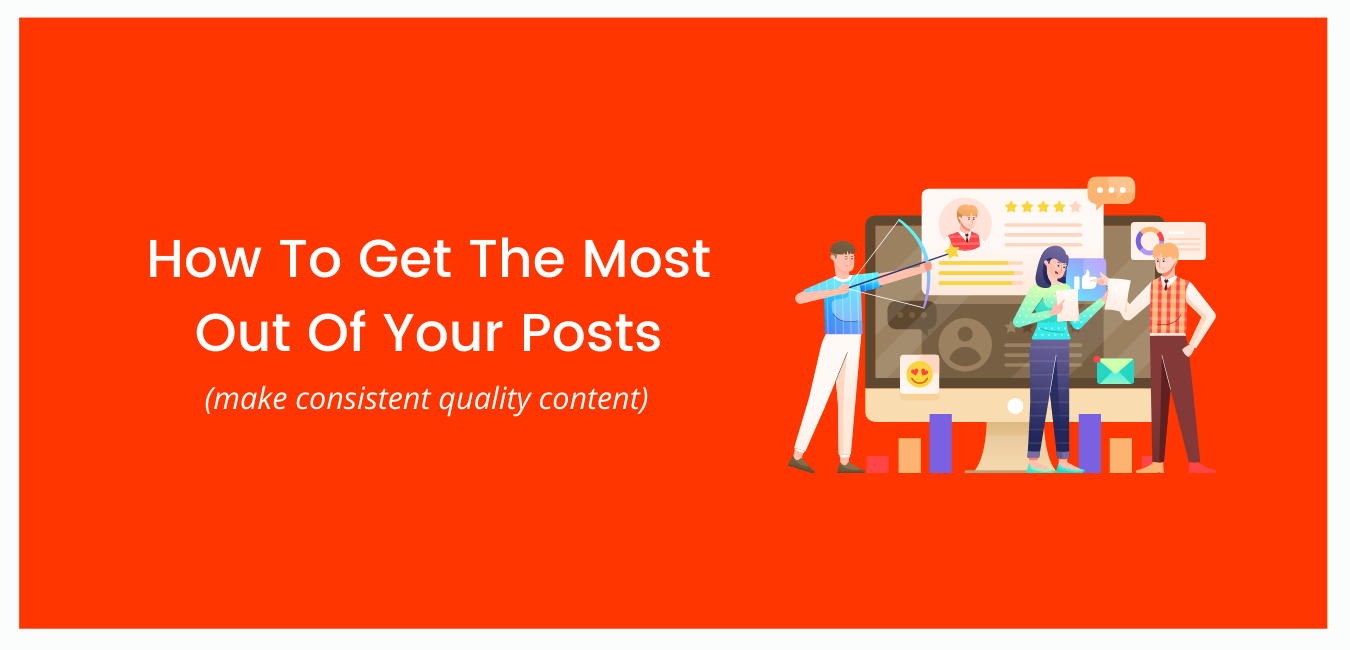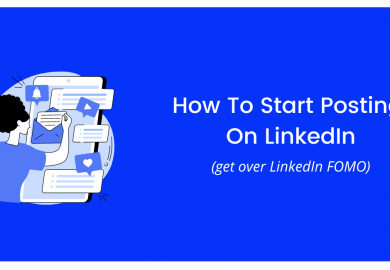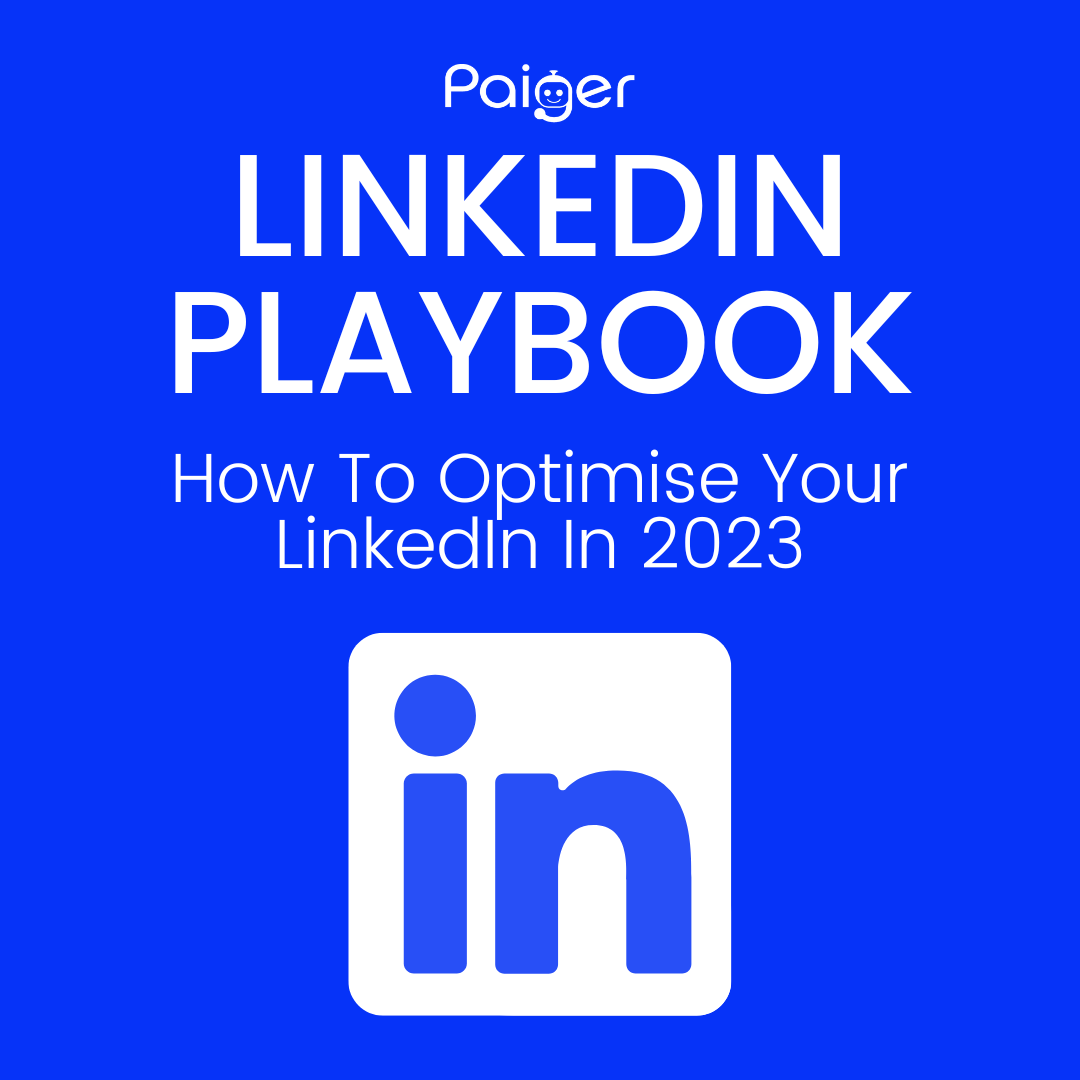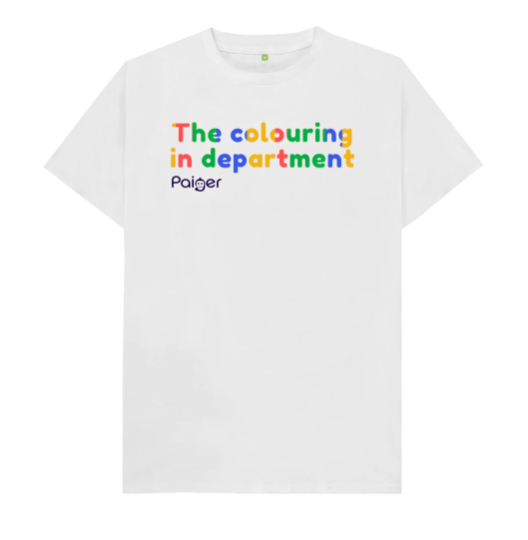How To Get The Most Out Of Your Posts

So you’ve made some content, now what?
No matter your industry, having a strong social media presence is key to standing out from the crowd, positioning yourself or your business as an industry expert, and increasing ROI.
Marketers who want to stand out need to create strategies that will engage their target audience and keep them coming back for more… But if you’re not a marketer, how do you get the most out of your posts?
It can feel like an impossible task to keep up with the digital world and all the changes that come with it. Which is why we’re cutting through the noise to simplify things.
This blog breaks down how to define your goals and target your audience effectively, to make consistent, quality content that gets the most out of your posts.
Define your goal
What do you want to get out of posting?
Did you know that marketers with a proactive, clearly defined goal and strategy are 331% more successful in reaching their goals than those without? That’s 3x the level of success from thinking long-term.
What you’re looking to get out of your posts isn’t a one-size-fits-all situation. It’s entirely dependent on your business needs. It could be…
- Higher engagement on social media
- To build a personal or business brand
- To create an online community
- Drive traffic back to your website
- Reach prospects or clients
- Greater lead generation
Or a mix of all of the above.
Whether you’re thinking about a personal strategy, a company page, or a bit of both, consider what you want to be known for, who your target audience is, and what the ideal steps you’d like your ideal audience to take are.
How do you identify your target audience? Start by researching your existing customers and understanding who they are. Who are they? What do they do? How old are they? What are their interests? All of this information can help you to create an idea of your target audience. It’s also important to understand what platforms they use and what type of content resonates with them.
Now you have a strong foundation upon which to build content – a fixed point to refer back to that will help get the most out of all your posts.
Make relevant quality content
The goals you want to achieve through posting on social media shape the type of content you will be making. Your goals and your content feed into each other.
For example, if your goal is to build your personal brand and establish a dependable online presence, your social media posts should provide valuable information with a specific tone of voice – friendly, authoritative, funny, casual, professional – whichever works for you.
This allows you to:
- Build up a rapport with your audience
- Create a community
- Establish yourself as an expert in your industry over time
Or, if your goal is to reach a specific demographic on a larger scale and redirect them back to your website, your content should provide valuable information about what your product or service can do for your target audience with a call to action which links to your site.
If you’re struggling with thinking of what specifically you can post about, try content pillars. Content pillars are the topics that the strategy centres around. They’re the “main dishes” of the content strategy. It’s important to have a variety of content pillars in order to reach a broad audience and keep the content fresh and interesting. Examples of content pillars include text, images, videos, and polls.
You can also use AI software tools to create posts and content, but AI is better used as a springboard for your own personal input rather than doing 100% of the work for you. Adding that human factor makes all the difference!
Fun fact: in 2021, 62% of B2B purchase decisions were swayed by valuable post content such as case studies and webinars. All this goes to show that no matter your industry or long-term aim, the key to getting the most out of your posts is to be relevant and provide value.
Make consistent content
When it comes to maximising your post potential, no matter your niche, you want consistent, quality content.
Content planning is a critical part of any social media strategy. It involves understanding the objectives of the strategy and developing a plan to achieve those objectives.
Social media algorithms, such as LinkedIn, prioritise content that is regularly uploaded and engaged with. So no matter how good your posts are, throwing out the odd post here and there is counterproductive for getting the most out of your posts, no matter how good it is.
On the other hand, if you’re pushing out quantity > quality, algorithms will downgrade your content and your audience will tune you out rather than get hooked in. Avoid this by balancing the relevant, quality content with a consistent posting schedule that works for you.
For example, on LinkedIn, 20 posts a month (or once a day) can help you reach 60% of your network. But prioritise consistency > frequency. Start slow and then build up – if you’re not posting regularly now, going from 0 to 5+ posts a week isn’t sustainable. Find the right balance and pace for you and build it up over time.
Use a Scheduling Tool
Using a scheduling tool is a key part of any successful social media strategy. A scheduling tool, like Paiger, can automate the process of creating, scheduling, and publishing content, which can help to free up time for other tasks.
It’s important to stay consistent when it comes to posting, as this helps to maintain engagement and reach, as well as establish your brand as dependable and trustworthy too. Scheduling tools save time and automate the process, making it even easier to set your posting plan, schedule it in advance, and stay consistent. These tools can also be useful for developing personalised content calendars for different platforms – win-win!
You can also maximise reach by timing your posts to when your audience is most active online. As a general guide, the best times to post on LinkedIn are 8am-11am Tuesday & Thursday, but this isn’t set in stone. Your network or target audience may be more active late at night, or at weekends, depending on your niche. Plan ahead for when is best for you and stick to it consistently for the best results.
Measure your ROI
Remember those goals? This is the part where we measure our posting success by how much we’re reaching them.
Once your posts have been created and published, it’s important to track the results in order to understand what works and what doesn’t.
- Has your site traffic increased?
- Is your brand growing?
- Are you expanding your network?
- Have you fostered a community?
- Are you getting engagement and feedback?
- Have your sales increased?
- Are you generating more leads?
This will help to identify what strategies are successful, and which need to be improved or abandoned.
Whilst engagement on social media is a good indicator of success and progression, be careful not to place too much value on vanity metrics. Long-term goals of increasing sales, building relationships, expanding your network, boosting traffic, and so on are the best measures of success.
Get in touch
Social media posts are an invaluable asset to reach new audiences, grow a brand, foster a community, and reach overall business goals.
However, creating a successful social media strategy involves a lot of work, planning, and most importantly time. Time that’s worth investing, but could be spent on other vital areas of business too. That’s where Paiger comes in. More than just a scheduling tool, Paiger is your AI assistant for all things research, content creation, and business development across the board. To get the most out of your posts and more, book a demo today.
Recent Posts
Categories
Check this out
2023 updates and tips to get the maximum reach of your posts
Passive Aggressive Marketing T-Shirts, All For Charity
Learn how a startup is tackling marketing
Featured Posts
Resilience and risk-taking in recruitment: a conversation with Will Pearce
Paiger acquires The Lonely Marketers
The power of the personal brand in recruitment
Archives
- September 2023
- June 2023
- May 2023
- April 2023
- March 2023
- February 2023
- January 2023
- December 2022
- November 2022
- October 2022
- September 2022
- August 2022
- July 2022
- June 2022
- May 2022
- April 2022
- March 2022
- February 2022
- January 2022
- December 2021
- November 2021
- October 2021
- September 2021
- August 2021
- July 2021
- June 2021
- May 2021
- April 2021
- March 2021
- February 2021
- January 2021
- December 2020
- November 2020









